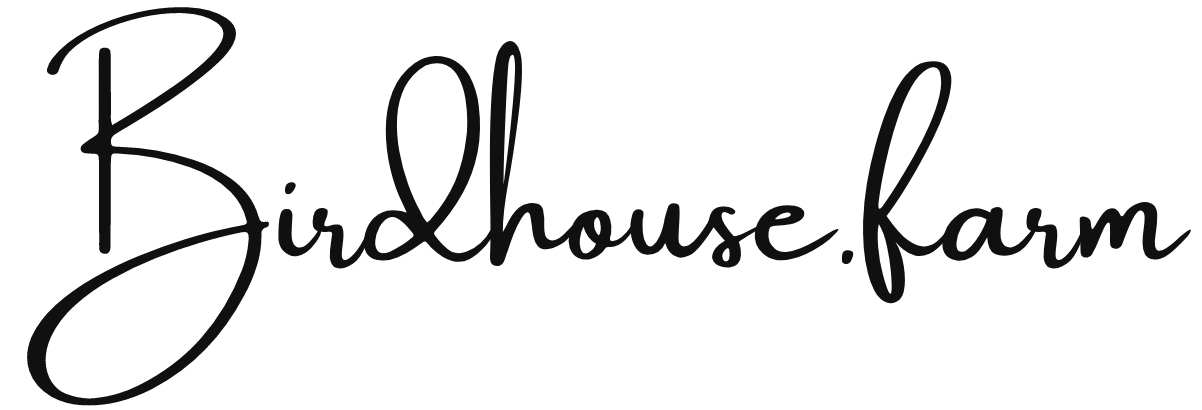Garden Update: Fall Activities in Our Front Range Research Gardens
This past weekend our Front Range gardens received a beautiful, bountiful snow, truly marking the conclusion of our summer growing season. Our Colorado Front Range Gardens are in Zone 5, which experiences cold winters and limits our outdoor winter planting, but we still have much to keep us busy during this slower-time. Once the snow clears we will fully transition into our “winter mode,” growing indoors, cleaning up our gardens, and planning for next season.
Here are some things that have been keeping us busy this last month (and will into next):
Protecting Tender Plants
As the temperatures begin to drop, our teams protect our gardens with mulch and burlap, tuck warm season plants under cover, and begin to bring our frost sensitive plants indoors. Although our pineapples, and fruit trees love our Colorado summers, they start to hurt around 45*F and must come inside. They, along with our herbs and cactus, will spend the winter in front of windows, under grow lights, and snuggled up in greenhouses.
Mulching
With our dry climate, we steadily apply mulch to our gardens throughout the year, with extra attention to the task as the cold approaches. Applying a layer of mulch, keeps the soil temperature more stable, and protects the roots of your plants from freezing temperatures.
Planting Bulbs
Fall is the perfect time to plant spring-flowering bulbs such as tulips, daffodils, crocuses, and hyacinths. These bulbs need the cold of winter to bloom beautifully in the spring. We love bulbs, especially due to their prolific nature; as the season draws to a close, it is always fun to exchange bulbs and perennials with neighbors.
Dividing, Thinning, and Pruning
Many perennial plants benefit from division every few years. Fall is an excellent time to divide and replant perennials to improve their health and encourage vigorous growth. Most of our perennials were thinned prior to the snow; anything that wasn’t will .
If you are seeing snow and freezing temperatures your way, wait until spring to divide any remaining plants. Thinning perennials in cold, snowy conditions can expose the plant's roots and disturb the soil, which may lead to root damage and increased susceptibility to winter stress and frost heaving. Also, many perennials are in a state of dormancy during the winter. Thinning them during this period can disrupt their natural processes, potentially causing harm. If you have a specific plant you want to address, talk with your local garden store for tips on care.
Cleaning Up
As we transition our spaces, tidy up our gardens, inspect tools and structures, and gather seeds and miscellaneous wonderments. Due to their urban location, we must balance the aesthetic expectations of communities with the natural considerations and needs. Spent plants are trimmed back and tucked into beds of straw. The fallen leaves, stalks, and stems overwinter in our beds and planters, providing needed habitat and naturally feeding our soils.
Seed Collection
This is an opportune time to collect seeds from the gardens and has been a favorite activity amongst our Little Citizen Scientists. Our wildflowers were still in bloom prior to the snow and many cold-hardy, native flowers will continue to flower during short periods of cold.
Planting
Even though the summer season is over, we still have plenty of planting to do. Over the winter we test seed viability, propagate “house plants,” and plant herbs near all-the-windows. Also, some cool-season crops, like spinach, lettuce, and kale, can still be planted in the fall for a late-season harvest. Be sure to check the specific planting dates for your area, even along the Front Range we have a variety of growing opportunities.
Dreaming (aka Planning)
Although we are still busy, we are mindful to focus the natural, seasonal changes nature and slow down to reflect on the last season before we jump into the next.
With that, it isWe are always dreaming of new garden projects, but this is the time we can really set things in motion. We are looking at our current crop rotations and researching new plants and techniques.
